Table of Contents
Magnetic-reduction roasting is a process in which non-magnetic ore is converted by the action of reducing gases to a state in which subsequent magnetic separation can achieve the best balance between recovery and grade. The principal characteristics of the rotary kiln method of magnetic-reduction roasting are complete processing and heat exchange within a revolving cylindrical kiln.
The only large-scale rotary kiln plant for magnetic-reduction roasting was designed by Lurgi-Chonle, of Frankfurt, Germany, and built at Watensttev-Salzgitter prior to World War II. Lurgi reports that these 3.6-meter diameter by 50 meter long kilns were designed for a throughput of 800 tons/day, but actually achieved a throughput of 1150 tons/day. Complete and reliable results from this plant could not be located however it is reported that the concentrate was acceptable but iron unit recovery was on the low side. The kilns were not re-started after the war because the low cost-blast furnace gas was no longer available.
What is Expected from the Rotary Kiln?
A prime consideration in evaluating the rotary kiln is whether it can produce a metallurgically acceptable product. What is an acceptable product? Is it necessary to produce a calcine having a ferrous iron (bivalent iron) divided by total iron ratio of 0.33 (a theoretical magnetite)? The answer is no. Because of the differences in characteristics of various ores, testing is required to find the actual range for maximum beneficiation (grade balanced against recovery and cost); normally this information is developed as the other tests are conducted and further work is not needed. Test work has indicated that, for maximum beneficiation, a ferrous-to-total iron ratio j between 0.25 and 0.40 will be required.
Present operations and plans call for heating and reduction to be done by producer gas or natural gas, depending on availability and cost of the fuel. The producer could run on coal or coke perhaps even lignite or peat, although these latter two have-yet to be proven.
The mineralogy of the ore is extremely important. Porosity, surface area, grain size, iron distribution, and history are important variables for each ore.
The kiln is a relatively simple piece of equipment from the mechanical point of view, although gas-tight sealing at each end requires careful design. Much has been written on rotary kiln design, especially in the cement industry therefore, the kiln’s mechanical operation will not be discussed extensively.
Of the many different conditions that affect roasting, a major one is the size of feed. With no special preparation of the ore fines, a rotary kiln is able to handle ores with a larger proportion of fines than a shaft furnace or traveling grate. Ore containing, up to 10 percent of -325 mesh requires no special preparation before feeding to the kiln. Although the outcome of roasting even finer ores can not’ be accurately predicted, there is a strong probability of success in this area.
The kiln drive should be designed so that several speeds are available in the 0.5 to 1.5 rpm range. In addition, an emergency drive motor should be provided that will turn the kiln very slowly. The emergency drive should have a gasoline or other non-electric motor. When minor repair work to the kiln ii needed, this drive can keep the kiln turning to prevent warpage, allowing repairs to be made without complete shutdown. A variable speed unit is a must for pilot scale operations and would be desirable on the commercial unit.
Once the process variables have been established for a particular ore the kiln plant operation should be relatively simple and require only minor control, changes. The adaptability of the kiln for reduction roasting permits minor process changes to be made and evaluated without disrupting production. The nature of the kiln process will balance out variations in feed size moisture content and iron content which have been known to cause trouble in other systems. Such variations may cause a limited drop in grade or recovery but would not disrupt the entire process.
The heat of reaction in oxidizing the magnetite back to hematite falls between 210 and 240 Btu/lb of magnetite. For a 36% Fe ore with % free water, this could amount to nearly 245,000 Btu/Ton of feed. Stephen reportcs that when gamma-hematite is produced in a shaft furnace by controlled oxidation of magnetite to the magnetic form of hematite this oxidation provides the heat necessary for the process.
Heat exchange equipment is also being designed for use with a hot central gas system. By using the producer gas hot without quenching a 5% fuel savings is reported by Hamilton on a Wellman-Galusha producer. It is not anticipated that the tars from coal or coke producer gases would present a problem in the kiln or the magnetic separation sections of the plant.
The balance is for a 36% Fe ore with no moisture or ignition loss. The following assumptions were made: All heat in the calcine at the discharge temperature is lost all the sensible heat in the exit gases at the exit temperature is lost, the heat of reaction for the reduction step is 35 Btu/lb. of magnetite formed 100% conversion to magnetite is used unless otherwise stated and a 5% safety factor is sufficient to cover excess oxygen and uncombusted fuel values in the exit gas. All figures are based on one ton of feed.
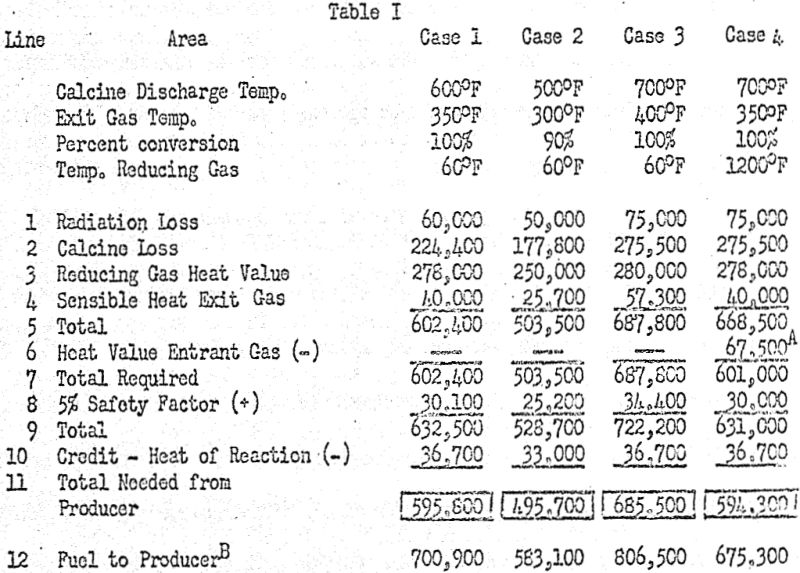
The rotary kiln is a very simple piece of equipment that has proven to be dependable in the cement industry. Maintenance will not present a serious problem; the major item would be abrasion wear on the steel lifters. It has been estimated that this cost will fall within the three cont per ton maintenance and labor differential quoted in the cost analysis. Brick lining wear will be extremely small at the relatively low temperature required for the process.
Potential Ore Reserves Treatable in the Rotary Kiln
Available data on iron ore reserves in the U.S. are difficult to interpret, especially as regards the portion that would permit successful roasting. The situation is further complicated by the fact that many of the ores potentially treatable in the kiln are not classified as ores and are not included in the estimates given.
All non-magnetic ores that have the iron present as the oxide or hydrate must-be considered. It is also possible that carbonate type deposits can be utilized. Any iron that is chemically tied up with other metals will probably not provide a satisfactory feed for the simple magnetic reduction roasting technique considered today.
In general the type of ore that would be treated by magnetic roasting is not listed as measured ore reserves especially in certain areas of the country where taxes are levied on any ore reported. The largest potential in this country seems to be the non-magnetic taconites of the Mesabi district.
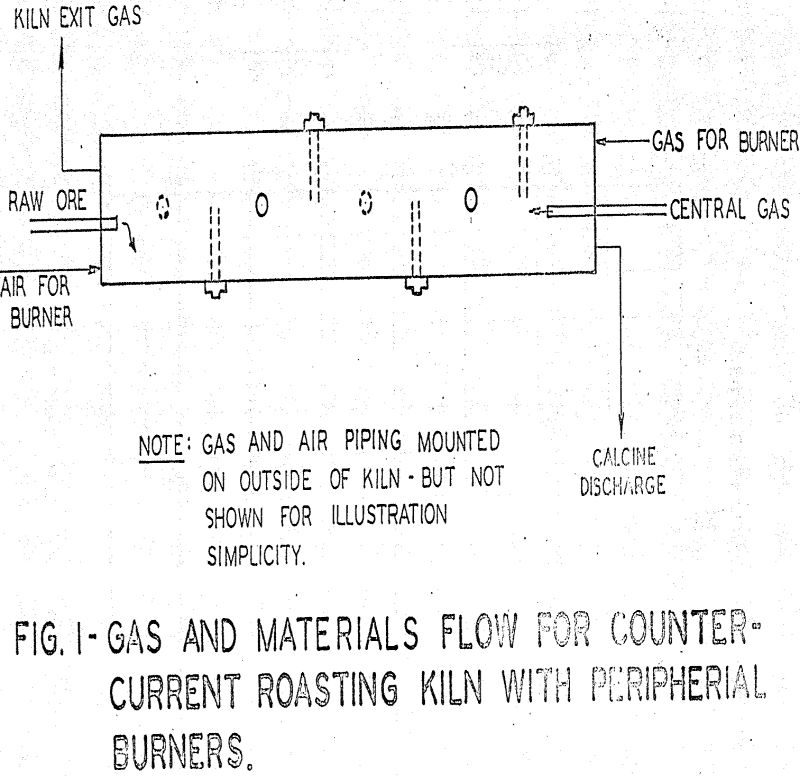
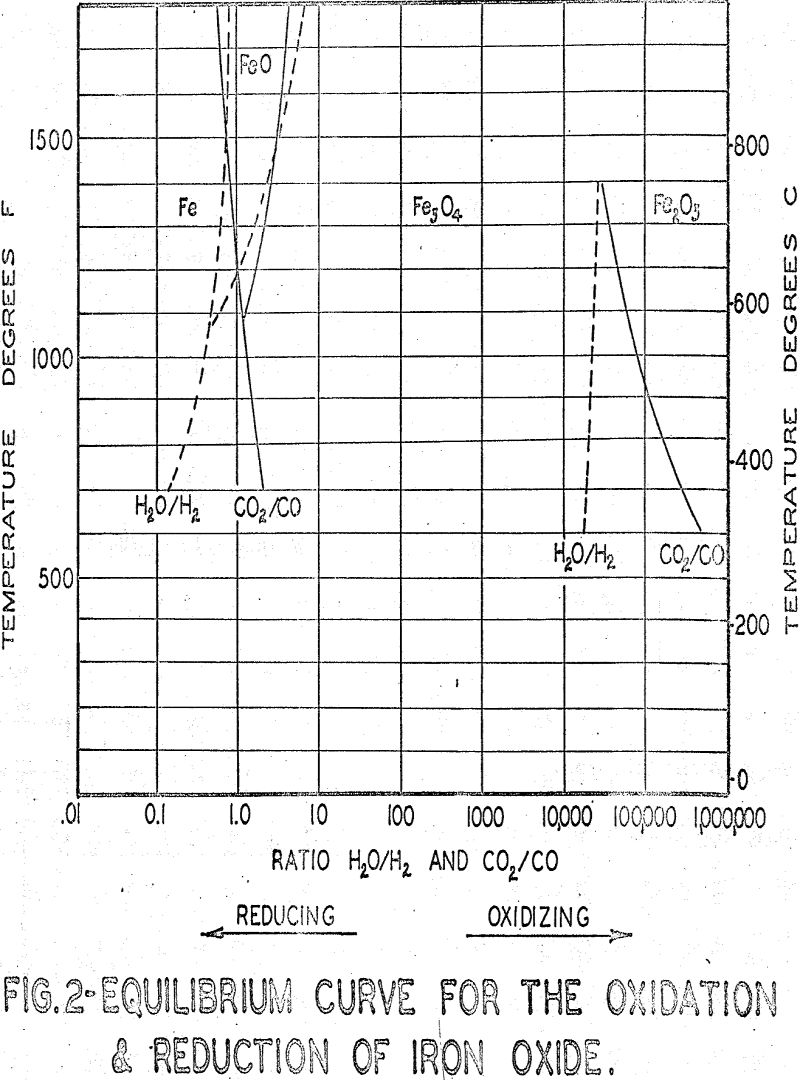
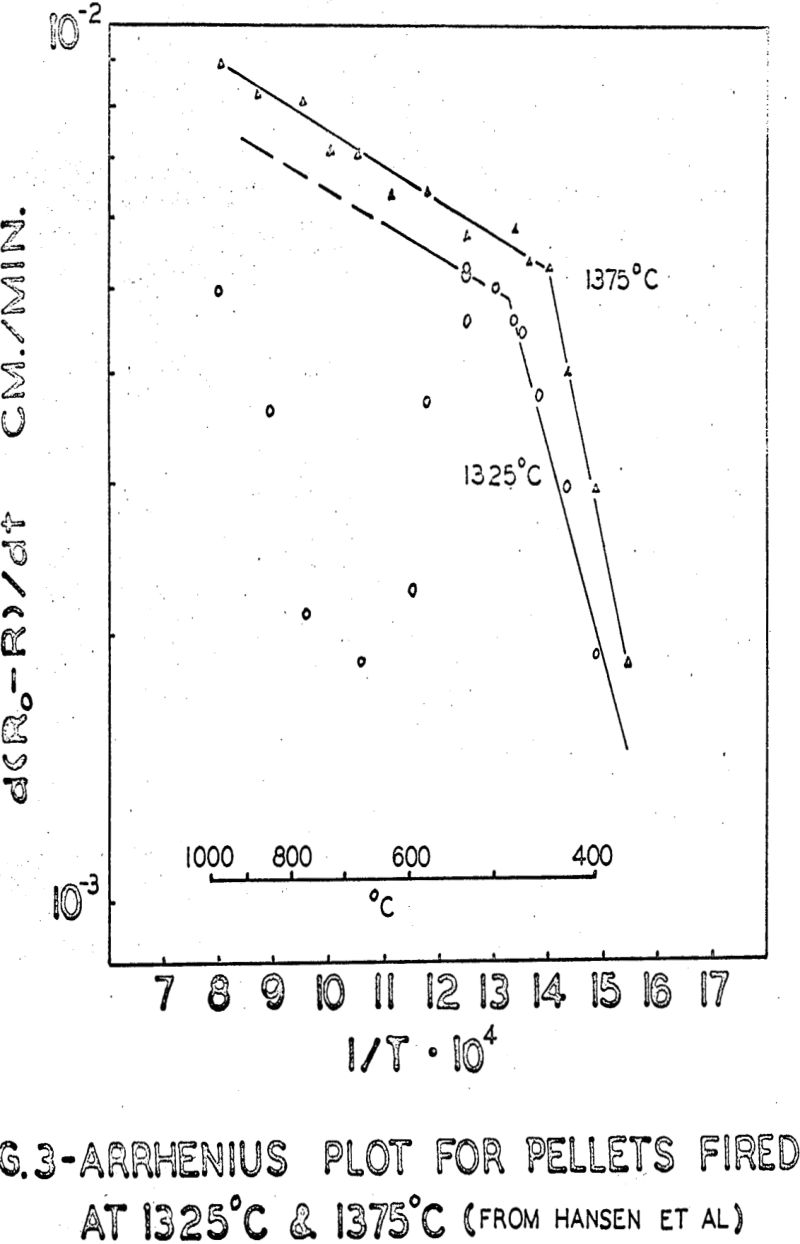
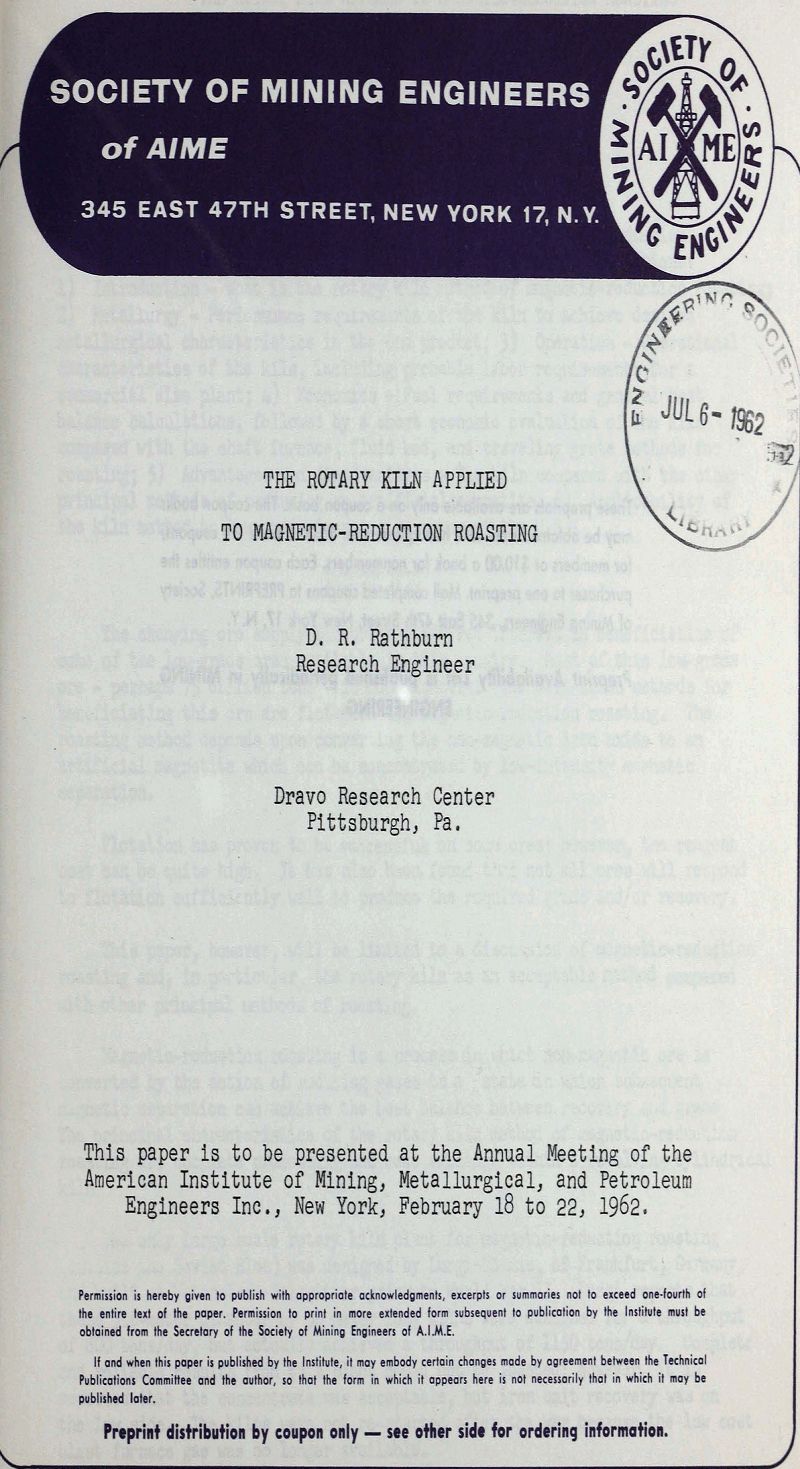
Product Guides Worth Checking:
